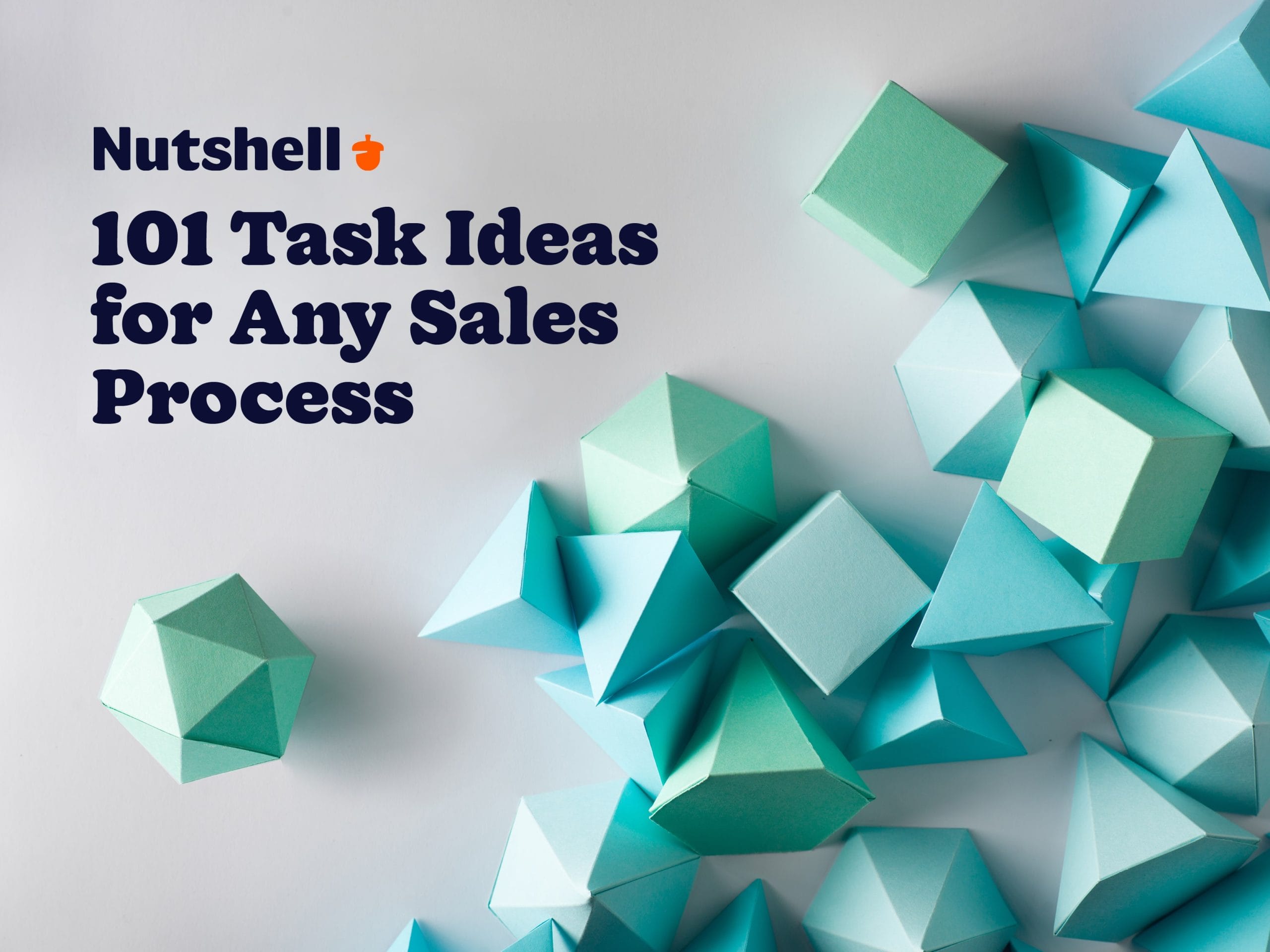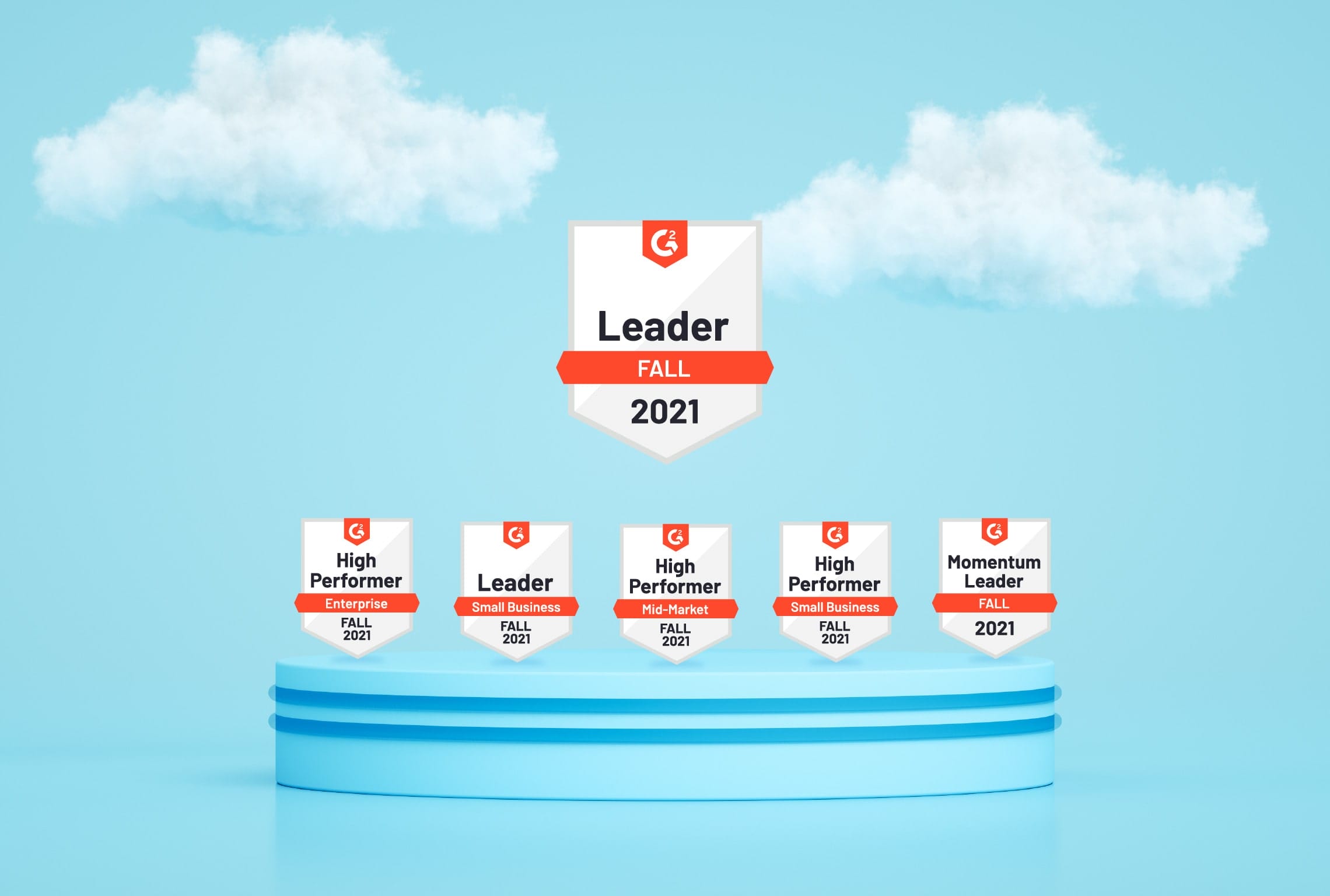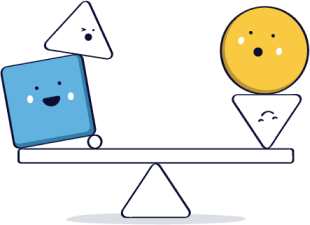
When you’re in the depths of the sales process, how do you know what step to take next? How do you know what action will be most effective for moving a lead toward becoming a loyal customer?
Just focusing on the desired outcome—a new sale—won’t get you there. So many factors go into a successful won deal. You need an actionable plan to deal with the uncertainty and figure out what works.
That’s where the next-action-based selling methodology comes in—an approach to sales that focuses on the activities that truly drive results. Read on to learn more about the next-action approach to sales.
Next-action selling, also called activity-based selling, is a sales methodology that focuses on the actionable, repeatable steps sales representatives can take to move leads towards closing. It helps sales reps identify and prioritize the next most effective step they can take to win a given deal. It involves a structured sales process and a focus on sales activities rather than just outcomes.
Businesses of all sizes across many different industries can use next-action selling, so the exact strategy, techniques, and tasks will look different from team to team. But there are several key elements that make a sales strategy an activity-based selling strategy:
Implementing next-action-based selling can completely change how you see sales at your organization. The benefits of using this approach include:
The consistent process of the action-based approach takes much of the guesswork out of the sales process. Instead of a vague goal, sales reps get actionable, evidence-based steps they can take to move leads through the pipeline.
With typical outcome-oriented goals like sales won, there are many factors outside of a salesperson’s control that can affect their success. In next-action-based selling, these outcome goals are still important, but sales goals also cover the activities sales reps can take each day to move them toward the results they want. Focusing on these activity-based goals gives sales reps more control over their success, which can increase satisfaction and help sales reps better develop their skills.
Focusing on each step in the process helps you to put more care into each interaction you have with a lead or customer. You’re not just focusing on getting the sale—you’re focusing on how best to meet a potential customer’s needs throughout the entire process.
This increased focus on the individual needs of each customer and making each interaction effective helps increase lead engagement, which helps leads move through the funnel more quickly and ultimately leads to more sales.
Because your sales process follows a consistent process, you can easily test updates to your process and optimize it over time. When you introduce a new technique, you can track your results, compare it to earlier performance, and keep or expand the new approach if it improves sales.
So, when you’re planning your next-action-based sales process, what actions or activities should you include?
The ideal actions to include depend on your industry, customers’ preferences, sales reps’ preferences, sales model, and more. Of course, activities also vary based on funnel stage.
You’ll want to customize these actions and make them more specific to your situation, but here are some of the most common types of activities included in next-action sales processes:
DOWNLOAD
If you’re unsure, our list of 101 Task Ideas for Any Sales Process will help you get started.

To create an effective next-action-based sales process, you need to select effective sales activities for each step. These tips will help keep you on the right track when selecting sales activities:
Center your sales activities around taking action, not responding to circumstances. In other words, be proactive rather than reactive. For example, making a phone call is an actionable sales activity. Answering a phone call is not.
Of course, unexpected things will come up, and your sales reps should be prepared to respond, but build your sales process around being proactive.
When documenting a sales task, make sure to include all the relevant details. This removes any guesswork and makes it much easier for your sales team to follow the process.
For example, for a phone call activity, you could specify the goal of the call, what your reps should discuss, and they should get the lead’s name, company name, and any important notes about the lead. Using a CRM makes it easy to list all the necessary information and provide access to all of your company’s interaction history with a lead.
Assigning each task to a specific sales rep should be part of creating your next-action sales process. When it’s clear who is responsible for a given task, it’s much more likely to get done. You can use a CRM like Nutshell to easily assign leads and tasks to members of your team.
How do you actually go about creating a next-action sales process and then putting it into action? Here are seven key steps to follow.
Although with next-action selling you won’t focus on your outcome goals as much day-to-day, they will guide the activity-based goals you set for your sales process.
So, before you start mapping out your process, ensure you and your sales team have a solid understanding of your overarching goals.
So, where do you start when planning your sales process? The best place to start is often your current process.
Even if your process hasn’t been documented, your sales reps are taking certain steps to close leads. Talk with your sales team and then write down the strategies they’re currently using.
Using your current sales process as a starting point, keep elements that seem to be working and adjust those that aren’t. Map out your entire process (you can always adjust it later) and align it with your sales pipeline—a representation of the steps prospects take as they move toward becoming a customer.
The easiest way to map out your sales process and pipeline is to do so in your CRM.
DOWNLOAD
Our 16 Sales Process Templates for B2B Pipelines provide top examples of how companies just like yours structure their sales processes.

Here is where the next-action element really starts to shine through! For each step in your process, create actions sales reps need to take to move leads to the next stage.
Each step can include multiple tasks across channels like email, phone calls, and more. You can also automate certain aspects of your process, such as sending email drip sequences.
For a look at what it’s like to map out your sales process and tasks in Nutshell, check out the video below.
Next, go over your next action sales process with your team, train them on how to use it, and get their feedback. After making any final adjustments based on the feedback you get, roll out your new process and start using it.
A key to success in activity-based selling is tracking your results. Track changes in sales before and after rolling out your process, track how leads move through your pipeline stages and where they get stuck, and track the effectiveness of each action.
Again, a CRM can help with this. With Nutshell’s reporting and analytics features, for instance, you can easily track sales over time, conversion rates at each funnel stage, and the effectiveness of your email outreach.
As you track your results, you’ll gain insight into what’s working well and what needs improvement. When something isn’t going as planned, make adjustments and watch your metrics to see if it improves your outcomes.
Analyzing and refining your sales strategy like this is a continual process, which allows you to keep improving over time!
These best practices will help you make the most of your new action-driven sales strategy.
Clear documentation is key to a successful next-action-based sales strategy. As we mentioned earlier, it’s essential to document your sales process and the tasks involved in each step in your CRM.
It’s also important that sales reps log completed activities in your CRM so that it’s clear which stage of the pipeline each lead is in.
Taking notes about your interactions with each lead is helpful as well. It enables team members to quickly get context about customer relationships and use that information to better serve the lead or customer. In Nutshell, you can access all your notes and activities related to a lead on their timeline.

When mapping out your process, ensure there’s always a next action for sales reps to take up until a deal is closed as either lost or won. The last thing you want is a dead end that leaves your sales team unsure of what to do next, so make sure you map out your leads’ journey all the way to the end.
One of the best ways to make your sales strategy more efficient and to make life easier on your sales team is to use automation. With Nutshell, you can automatically send email drip sequences, advance leads to the next stage once a goal is met, and provide guidance for reps throughout the sales process.
Are you ready to prioritize the sales activities that make a difference and implement a next-action-based approach to selling?
The tools you use to document, manage, measure, and automate your next-action sales process are essential to your success, and Nutshell makes it easier than ever to manage your entire process.
With Nutshell as your CRM, you get:
To see for yourself how Nutshell can help you level up your sales process, start your free 14-day trial today.


Join 30,000+ other sales and marketing professionals. Subscribe to our Sell to Win newsletter!
 Email & Calendar Sync
Email & Calendar Sync




Nutshell is easy to use with enterprise level features and no hidden fees.
See for yourself!